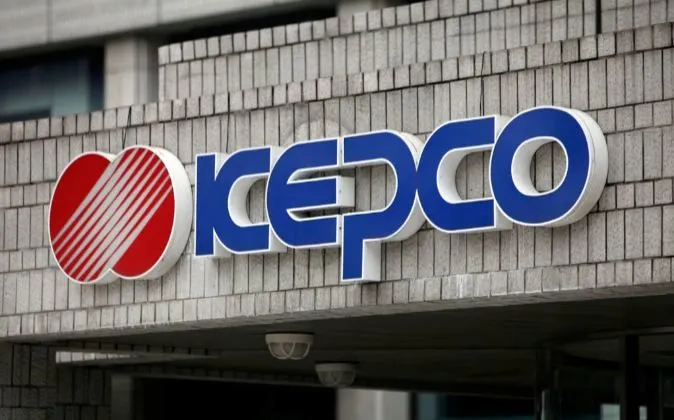
Northeast Asia cross-border power grid could cost $6.2b: KEPCO
KEPCO aims to link China, Russia, and Japan to cut domestic electricity costs and sell residual power.
State-run Korea Electric Power Corp. (KEPCO) said the proposed cross-border power grid that would connect South Korea, China, Russia, and Japan could cost over $6.2b to build, Yonhap News Agency reports.
KEPCO submitted a report to parliament which said that the electricity system between the four nations could cost $6.37b (₩7.2t) to $7.61b (₩8.6t).
About $2.57b (₩2.9t) would be needed to connect China's eastern port of Weihai with South Korea's western port of Incheon via 370km undersea power cables, whilst $2.12b (₩2.4t) would be needed to link Vladivostok to the northern part of Gyeonggi Province using 1,000km land cables.
The proposed link between Goseong in South Gyeongsang Province and either Kitakyushu or Matsue in Japan's northern coasts could cost $1.68b (₩1.9t) to $2.92b (₩3.3t).
"The Northeast Asia super grid can resolve concerns over the stable power supply to complement the intermittent energy grid system under the energy transformation policy," the report said.
KEPCO proposed importing energy from China and Russia to reduce domestic electricity costs and cut greenhouse emissions and sell residual power to Japan to earn profits. However, large investment is needed and the route that will pass through North Korea is currently hindered by sanctions on North Korea.
"Although discussions are vibrant, there are many obstacles in the real world," the report said. "Though slow, we expect it will eventually be materialized."
KEPCO has been working on a project to link an electricity grid with China's State Grid Corporation of China (SGCC), Japan's SoftBank, and Mongolia's energy development company Newcom.
Photo by Bloomberg News



















 Advertise
Advertise







